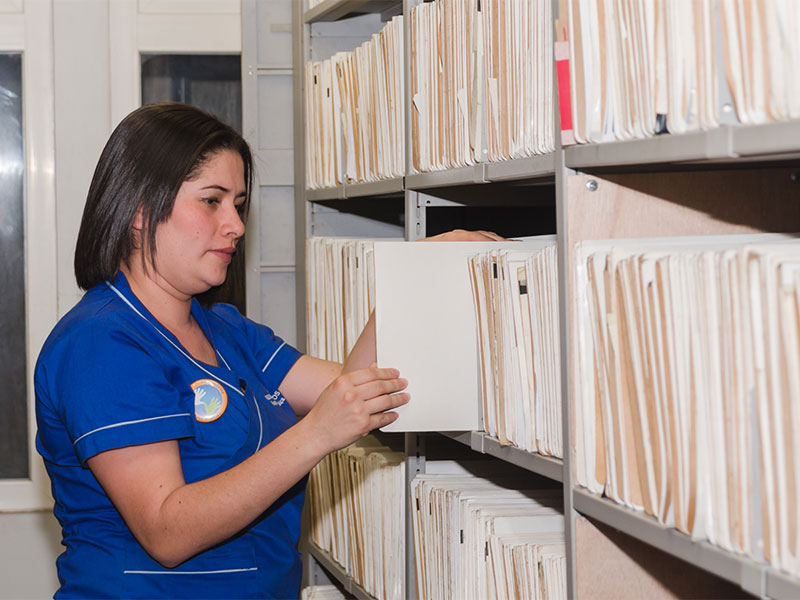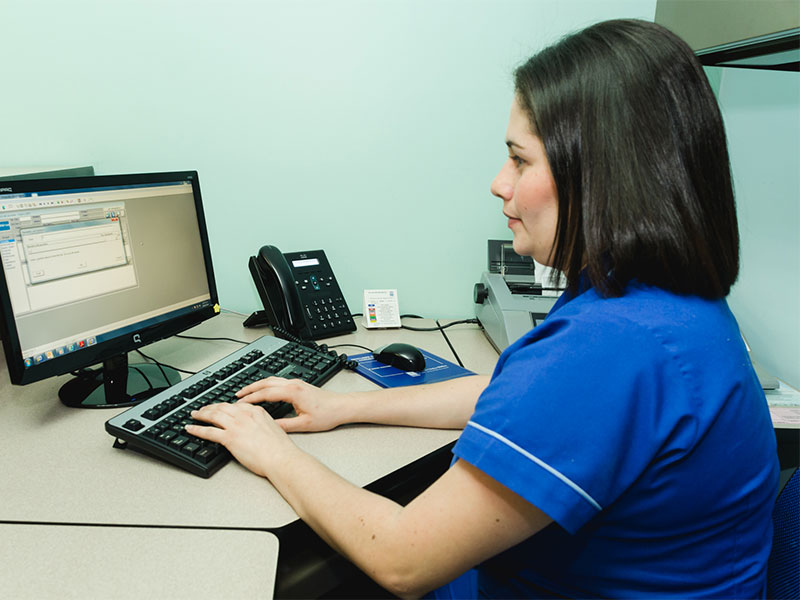[testimonial]Our commitment to health education has motivated us to make you the following offers:[/testimonial]
![]() Calendar of activities
Calendar of activities
This calendar indicates all the scheduled monthly activities programmed by our professionals in their different specialties. There are educational events, conferences, lectures, conversations, chats which focus on current topics with the main purpose of sharing knowledge with our patients. Most of the activities are free of charge. We invite you to consult the calendar.
![]() Protect your health Bulletin (Boletín Salud a Tiempo)
Protect your health Bulletin (Boletín Salud a Tiempo)
This monthly bulletin reports on the most relevant events of the hospital and gives useful information to the reader.
You may sign up on-line to receive it by e-mail.
![]() For your Health magazine (Por su Salud)
For your Health magazine (Por su Salud)
This is a free bimonthly publication that focuses on interesting issues about pathologies, new diagnostic techniques, and treatments, among others. It is based on interviews with professional experts on themes, which improve the quality of life.
![]() International Training
International Training

 To know more about cardiac insufficiency[/testimonial]
To know more about cardiac insufficiency[/testimonial]

 Epicrisis
Epicrisis
 Payment may be made in cash or by cashier´s check in colones or in dollars. Payment may also be made by credit or debit card, traveler´s checks (preauthorized and signed in the presence of the cashier) and, in all cases, the person who is making the payment must present an identifying document.
Payment may be made in cash or by cashier´s check in colones or in dollars. Payment may also be made by credit or debit card, traveler´s checks (preauthorized and signed in the presence of the cashier) and, in all cases, the person who is making the payment must present an identifying document.